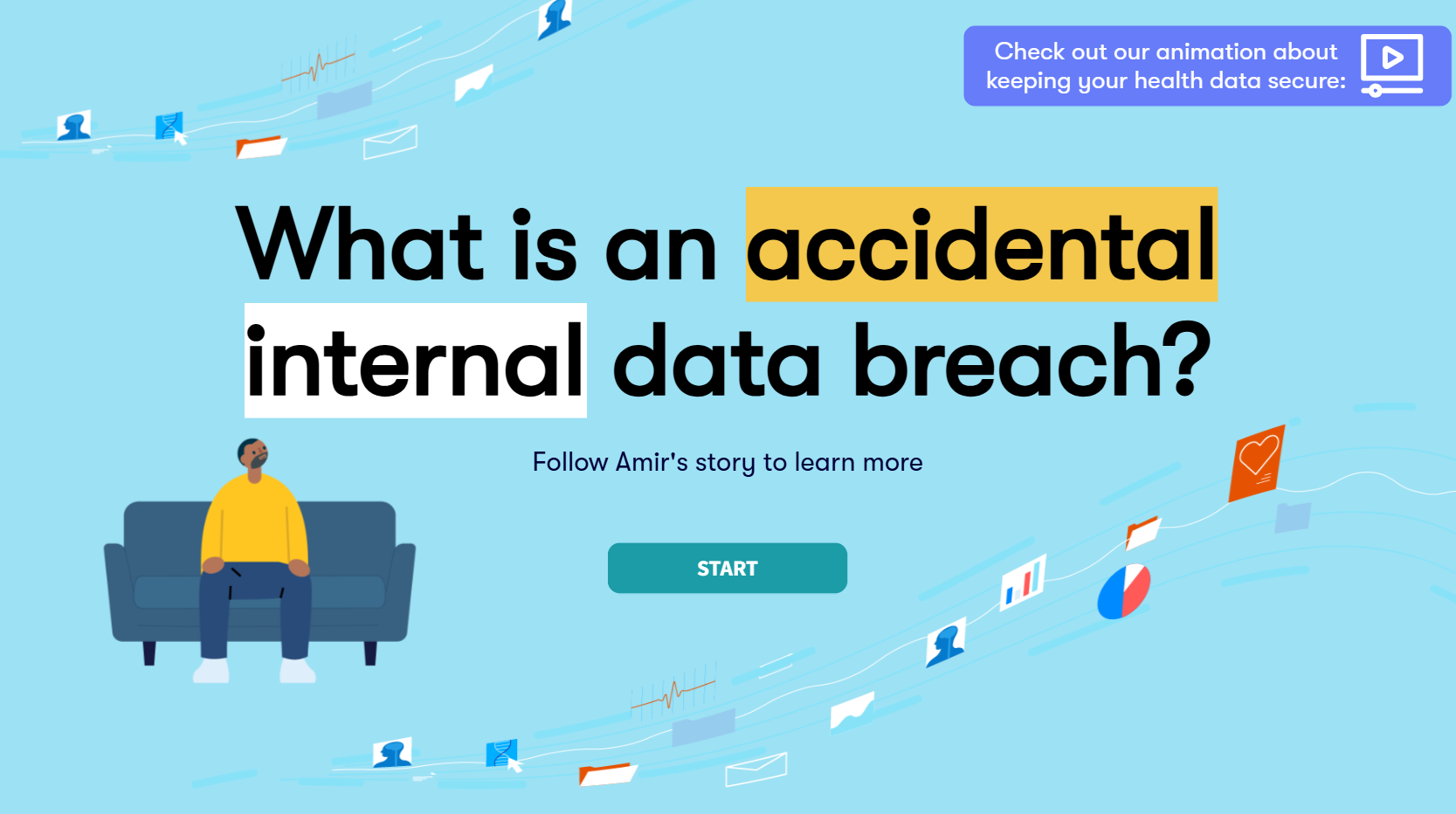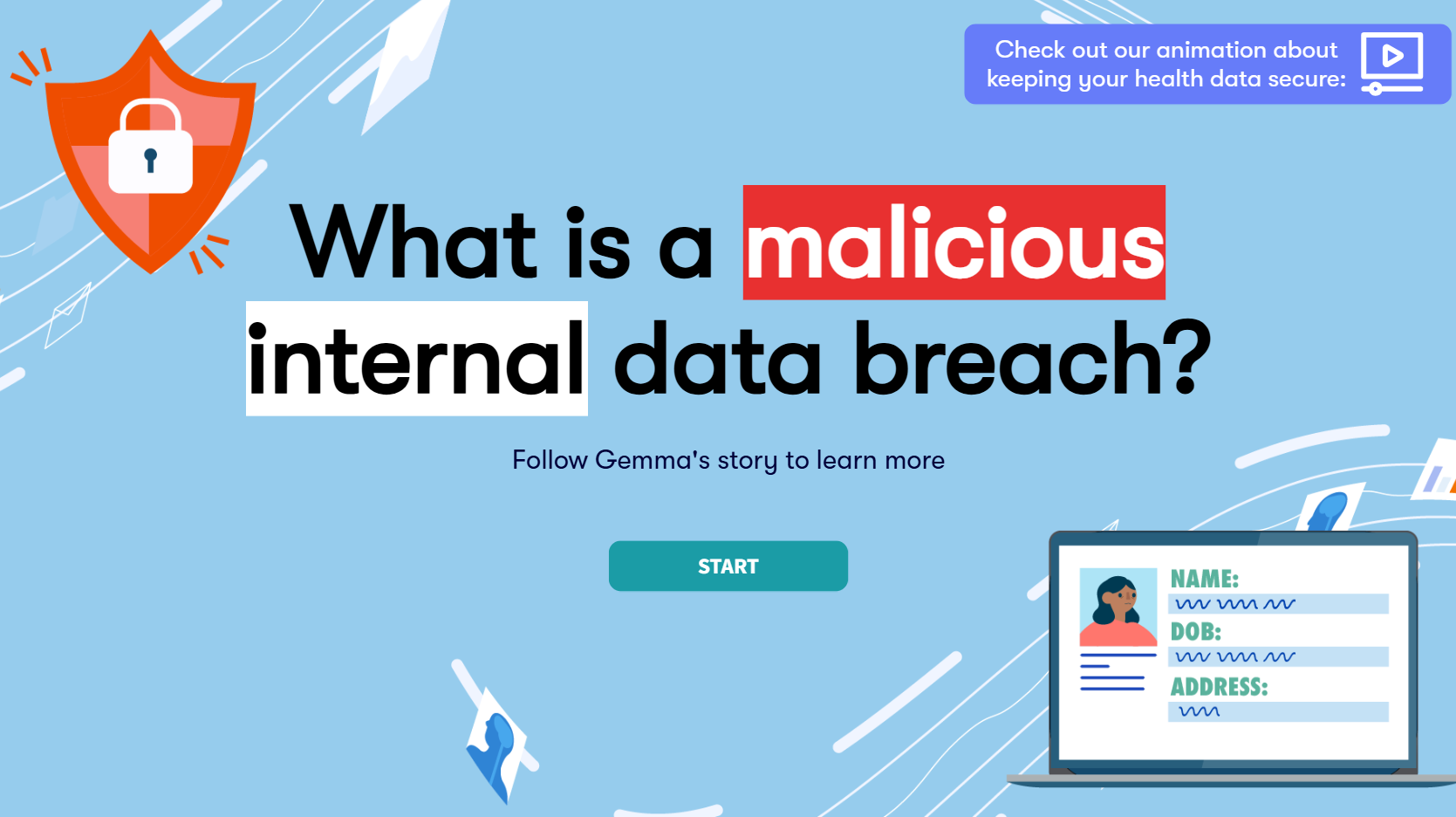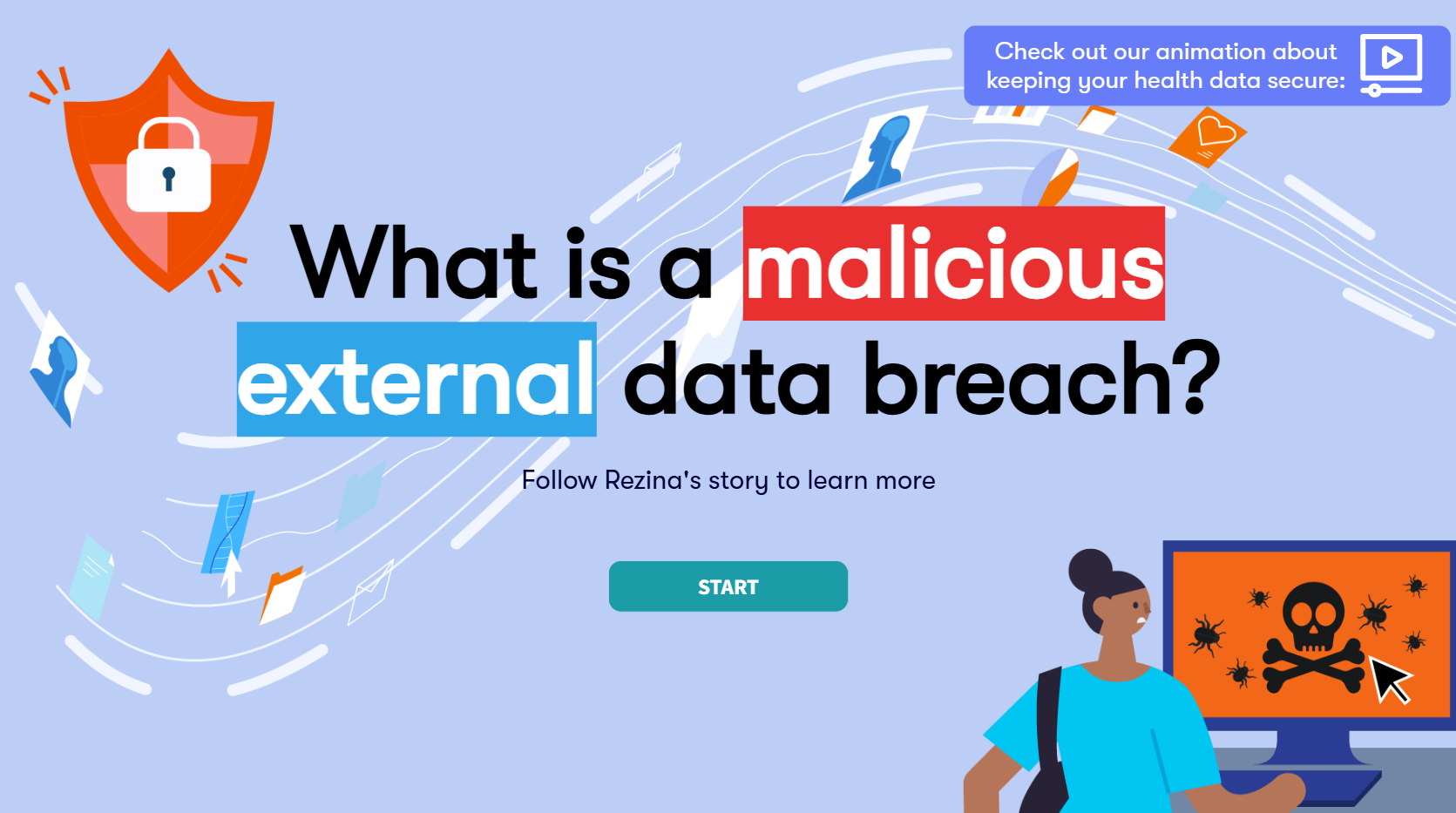In the past, patient records were only stored on paper. These may have been safer from cyber attacks but could easily be lost or mislaid. There are too many examples where appointments have been wasted, or even lives lost, because paper records have not been available to the right people at the right time.
Digital records have the potential to be much safer, particularly if the whole care team can access up-to-date information using joined up electronic records. However, increasing use of digital records, and the fact that data may be stored in several places, does mean that the potential impact of a data breach could be greater. Many more people may be affected, for example if a whole database is hacked, or more information could be put at risk.
On the other hand, digital technology can also be used to improve security and reduce the risks. Technology can be used to protect data, for example by restricting access (using passwords or swipe cards to control access to data), or using encryption so the data can only be read with a code. There can also be a robust audit trail showing who has accessed data and when.
The Government’s Plan for Digital Health and Social Care set a target of all Trusts having electronic patient records by March 2025 (subsequently pushed back to 2026), which includes a requirement for all organisations to have increased cyber security capabilities, resilience, clinical safety and accessibility. This commitment was supported by £2bn in funding to support organisations meet digital standards.




